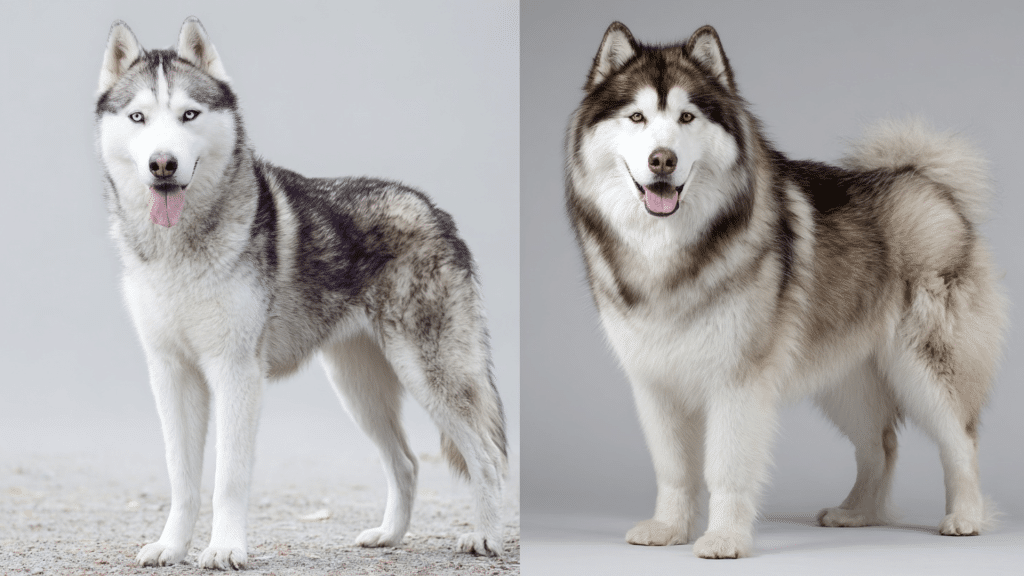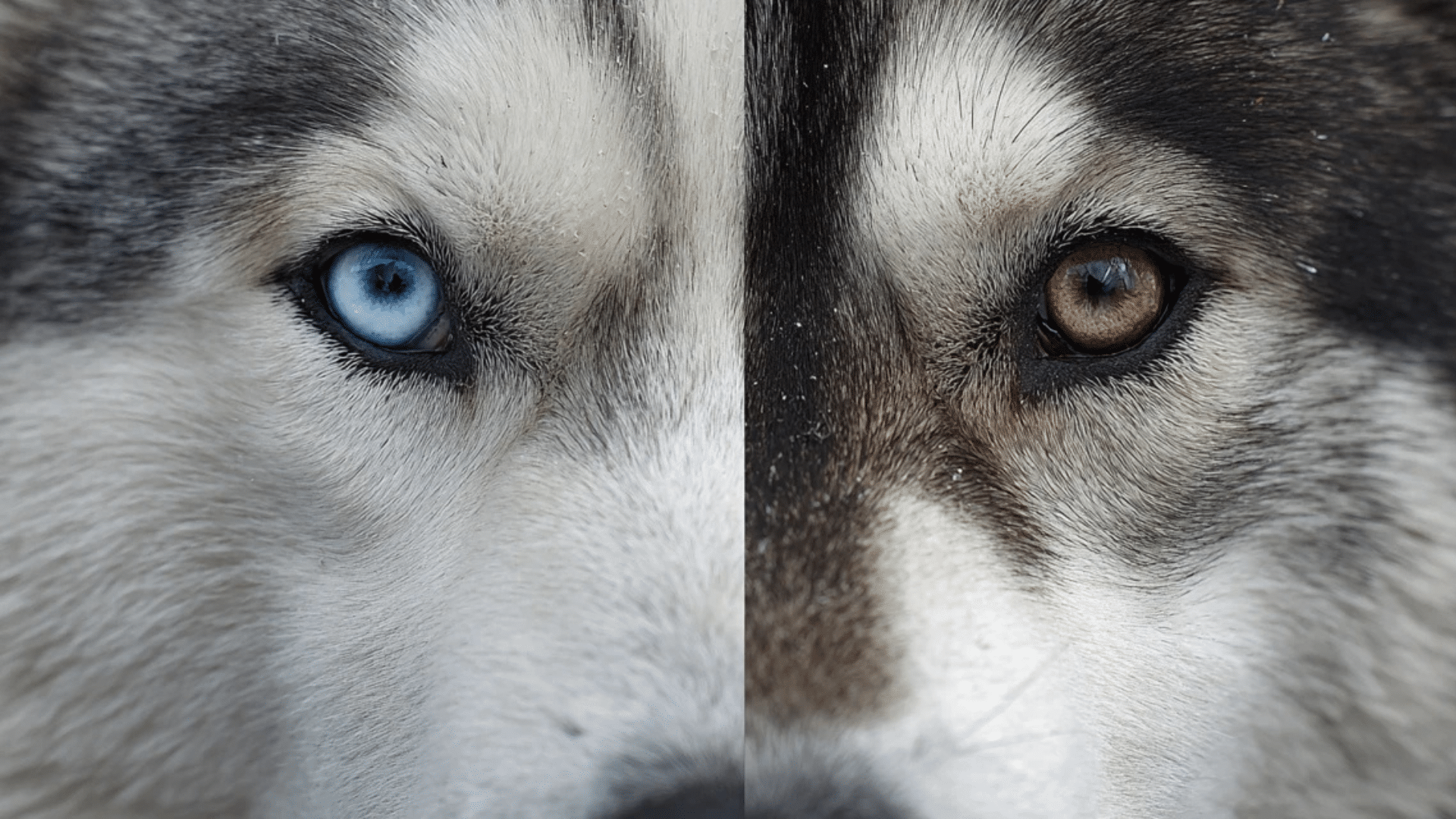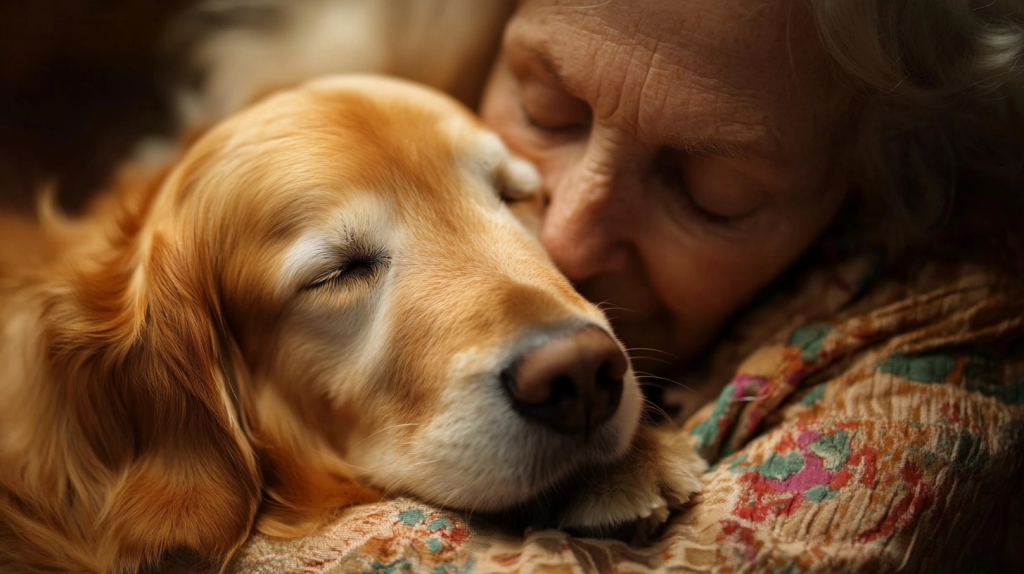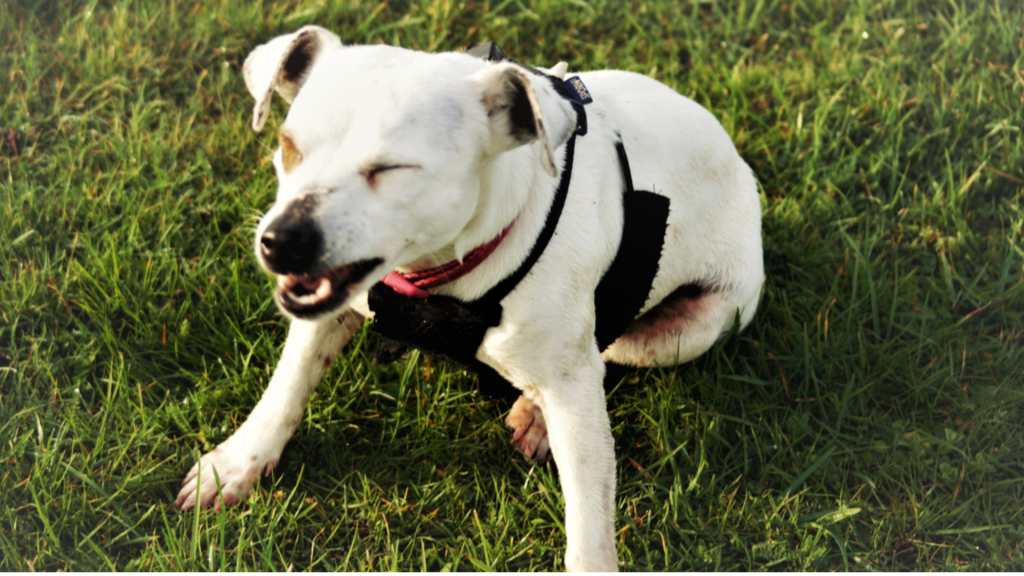Ever seen a gorgeous, fluffy dog at the park and wondered, “Is that a Husky or a Malamute?” You’re definitely not alone in that confusion.
These two stunning Arctic breeds look remarkably similar at first glance, and many people use their names interchangeably.
But if you’re thinking about bringing one of these dogs into your family, mixing them up could lead to some pretty big surprises. That’s exactly why we’re breaking down the key difference between husky and malamute.
By the end, you’ll be able to spot the differences instantly and figure out which one might be the perfect fit for your lifestyle.
History of the Siberian Husky and Alaskan Malamute
The Siberian Husky and Alaskan Malamute both come from cold, northern regions, but their histories are different.
The Siberian Husky was bred by the Chukchi people in Siberia, Russia, to help with sledding and to be a companion on long journeys. They are known for their speed and endurance.
On the other hand, the Alaskan Malamute was bred by the Mahlemut tribe in Alaska to haul heavy loads over long distances. Malamutes are stronger and larger, designed for heavy-duty work.
Both breeds are strong, hardworking, and have a love for the cold, but they were developed for different purposes.
Important Differences Between Husky and Malamute
The difference between Husky and Malamute can be seen in their size, energy levels, and grooming needs.
1. Physical Characteristics and Temperament Comparison
Below is a comparison of the key physical traits and temperament differences between the Siberian Husky and Alaskan Malamute.
| Feature | Siberian Husky | Alaskan Malamute |
|---|---|---|
| Height | 20–23.5 inches | 23–26 inches |
| Weight | 35–60 lbs | 75–100+ lbs |
| Coat | Dense, various colors | Thick, typically gray/white |
| Eyes | Often blue, can be heterochromatic | Typically brown |
| Tail | Bushy curls over the back | Bushy curls over the back |
| Build | Lean, athletic | Muscular, robust |
| Personality | Friendly, outgoing, social | Loyal, reserved with strangers |
| Behavior with Dogs | Gets along with dogs and strangers | Aloof with other dogs, especially same sex |
| Training | Independent, stubborn, needs consistency | Strong-willed, requires firm training |
2. Grooming and Maintenance Comparison
Below is a comparison of the grooming needs for the Siberian Husky and Alaskan Malamute:
Siberian Husky
Huskies shed heavily, especially during seasonal changes. They require regular brushing, about 2-3 times a week, to control shedding.
Their grooming needs are lower outside of shedding seasons, but occasional baths are needed depending on their activity level.
Huskies have a manageable coat but can be high-maintenance during shedding periods.
Alaskan Malamute
Malamutes also shed heavily, particularly during seasonal coat changes.
They need frequent brushing (3-4 times a week) to keep their coat clean and prevent matting. Their thicker fur requires more attention, and regular baths may be needed.
Malamutes have a higher grooming demand than Huskies due to their denser coat.
3. Exercise and Activity Needs
The following comparison highlights the exercise requirements for both the Siberian Husky and Alaskan Malamute. It shows the activity level, preferred exercises, and the amount of daily physical activity each breed needs.
Siberian Husky
The Siberian Husky has very high energy and requires a lot of exercise. They need 1.5 to 2 hours of physical activity every day.
Huskies love running, pulling, and agility training, making them ideal for active individuals or families who can consistently provide exercise.
Alaskan Malamute
The Alaskan Malamute has moderate to high energy levels and requires about 1 to 1.5 hours of exercise daily.
They enjoy activities like hiking, pulling, and strength-based tasks. While they are active, they don’t need as intense a workout as Huskies, but still benefit from regular outdoor time.
4. Cost Overview of Husky and Malamute
The following comparison outlines the cost of Siberian Husky and Alaskan Malamute puppies, along with their annual care expenses. It provides a clearer understanding of the financial commitment for each breed.
Siberian Husky
Siberian Husky puppies typically cost between $600 and $1,300 (approx.), with annual care ranging from $1,000 to $1,500 (approx.).
Alaskan Malamute
Alaskan Malamute puppies are more expensive, usually between $1,200 and $1,700 (approx.), with annual costs around $1,200 to $1,700 (approx.).
Malamutes are generally pricier due to their size and grooming needs. Prices can vary depending on the breeder and location.
Health Considerations and Lifespan
Both the Siberian Husky and Alaskan Malamute are generally healthy breeds, but they do have some common health concerns. Below is a comparison of their lifespan and health considerations.
Siberian Husky:
- Lifespan: 12–15 years.
- Common health issues: Hip dysplasia, eye problems (cataracts, progressive retinal atrophy), and autoimmune disorders.
- Generally healthy, but regular check-ups are important for maintaining their active lifestyle.
Alaskan Malamute:
- Lifespan: 10–14 years.
- Common health issues: Hip dysplasia, elbow dysplasia, hypothyroidism, and certain genetic conditions like polyneuropathy.
- Prone to joint problems due to their larger size, regular vet visits and a healthy diet are essential.
Both breeds benefit from a balanced diet, regular exercise, and preventive veterinary care to maintain good health.
Which Breed is Right for You?
If you want a high-energy dog that loves running and playing, the Siberian Husky is a great choice.
They are friendly, social, and best suited for active families. However, they can be independent and stubborn, so they need regular training and a secure yard.
The Alaskan Malamute is larger and enjoys strength-based activities like pulling and hiking. They are loyal but more reserved with strangers. Malamutes require firm training and need plenty of space for exercise.
If you’re looking for a strong, larger dog that you can handle, the Malamute might be a better fit.
Conclusion
Now you’ll never have to squint at another fluffy dog wondering which breed you’re looking at; you’ve got all the knowledge you need to tell them apart instantly.
You now know that Huskies are smaller, higher-energy social butterflies, while Malamutes are larger, stronger, and more reserved with strangers.
If you’re drawn to the Husky’s endless energy or the Malamute’s loyal strength, you can make an informed decision that’ll lead to years of happiness with your new furry family member.










